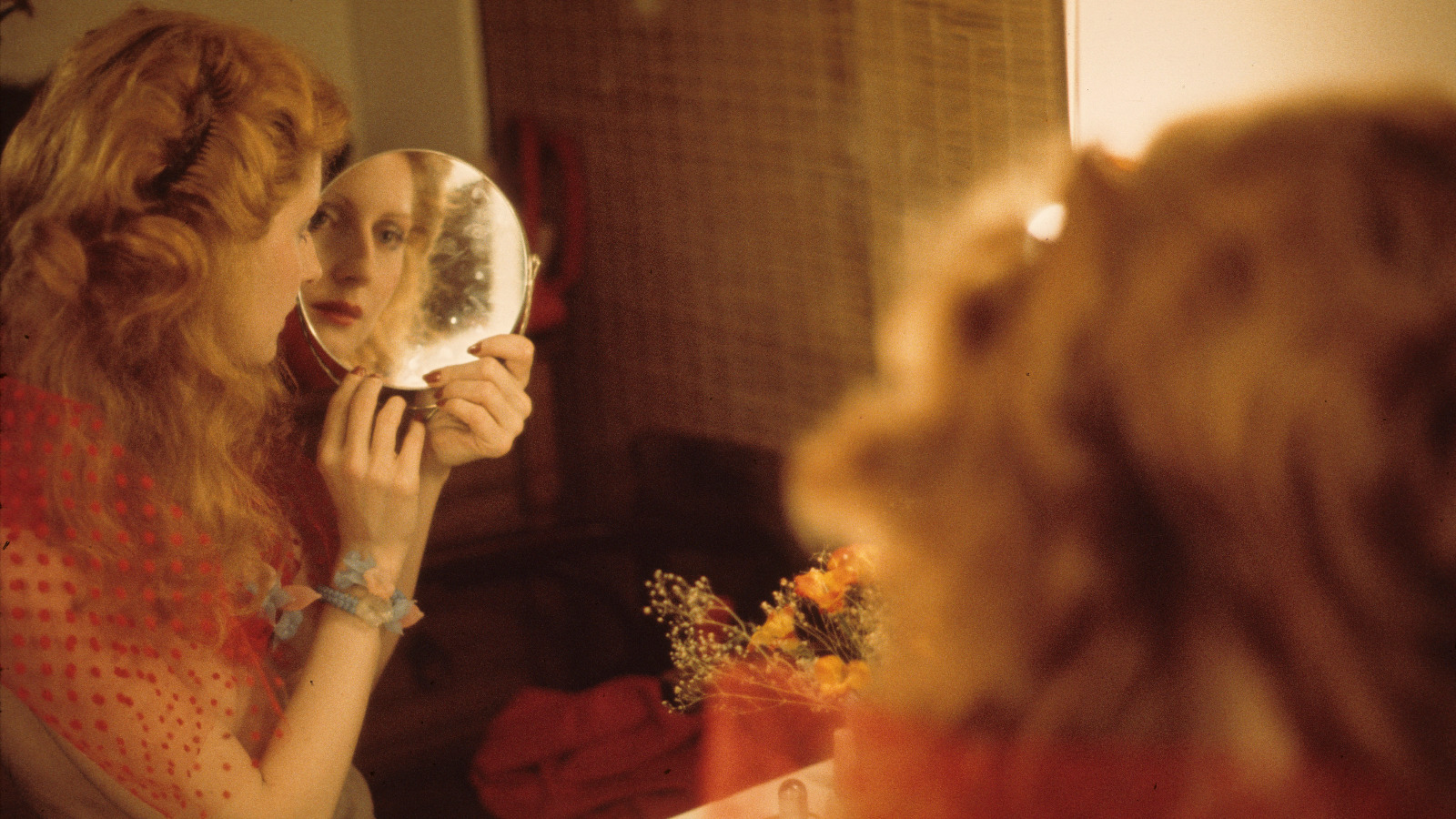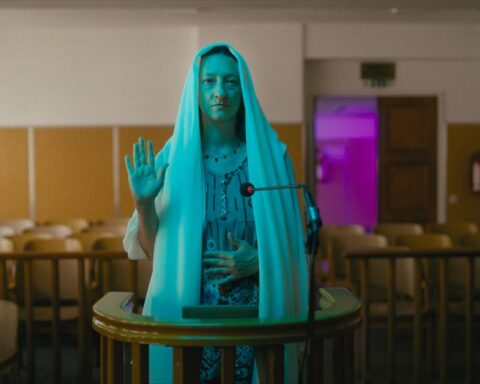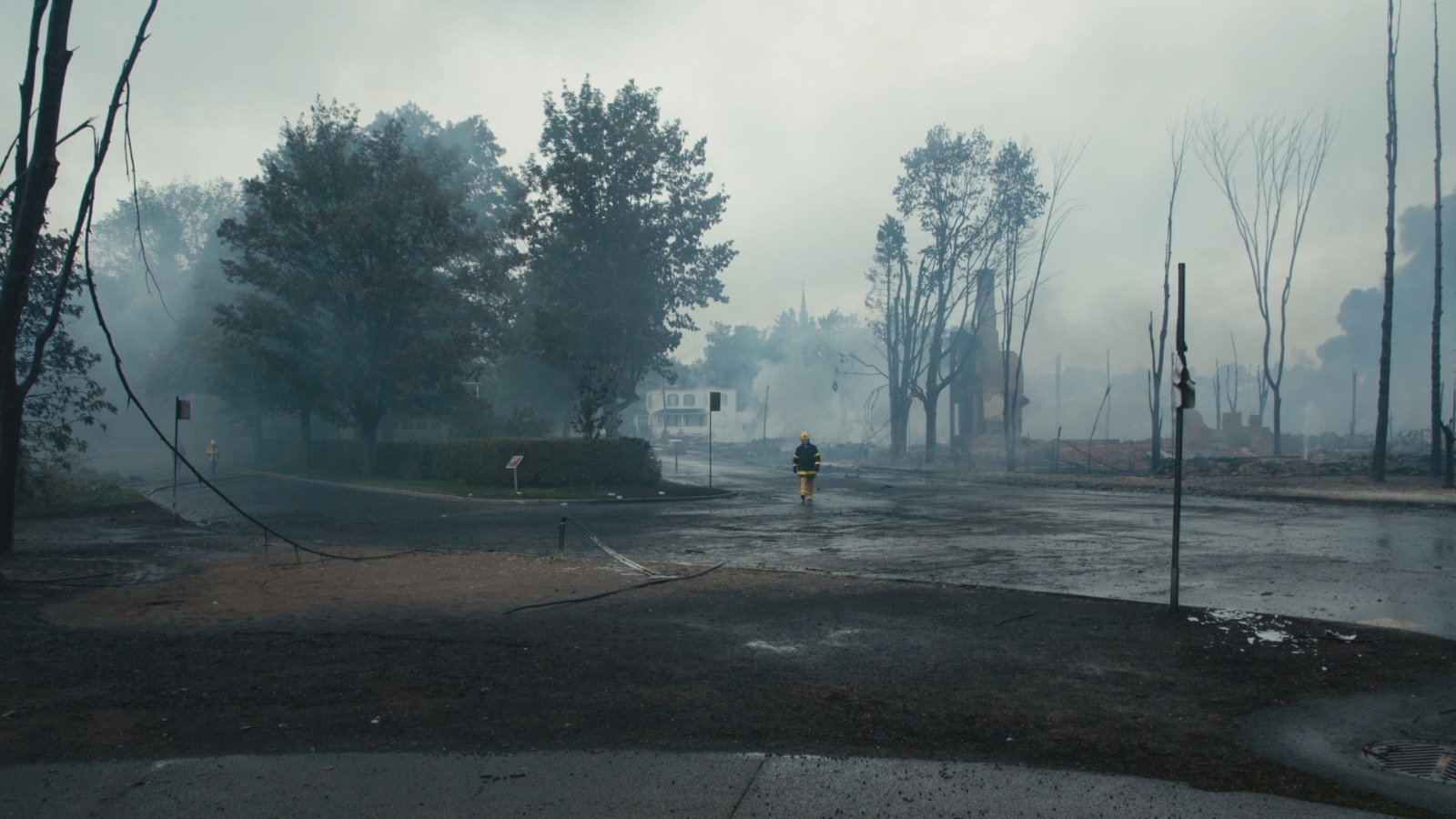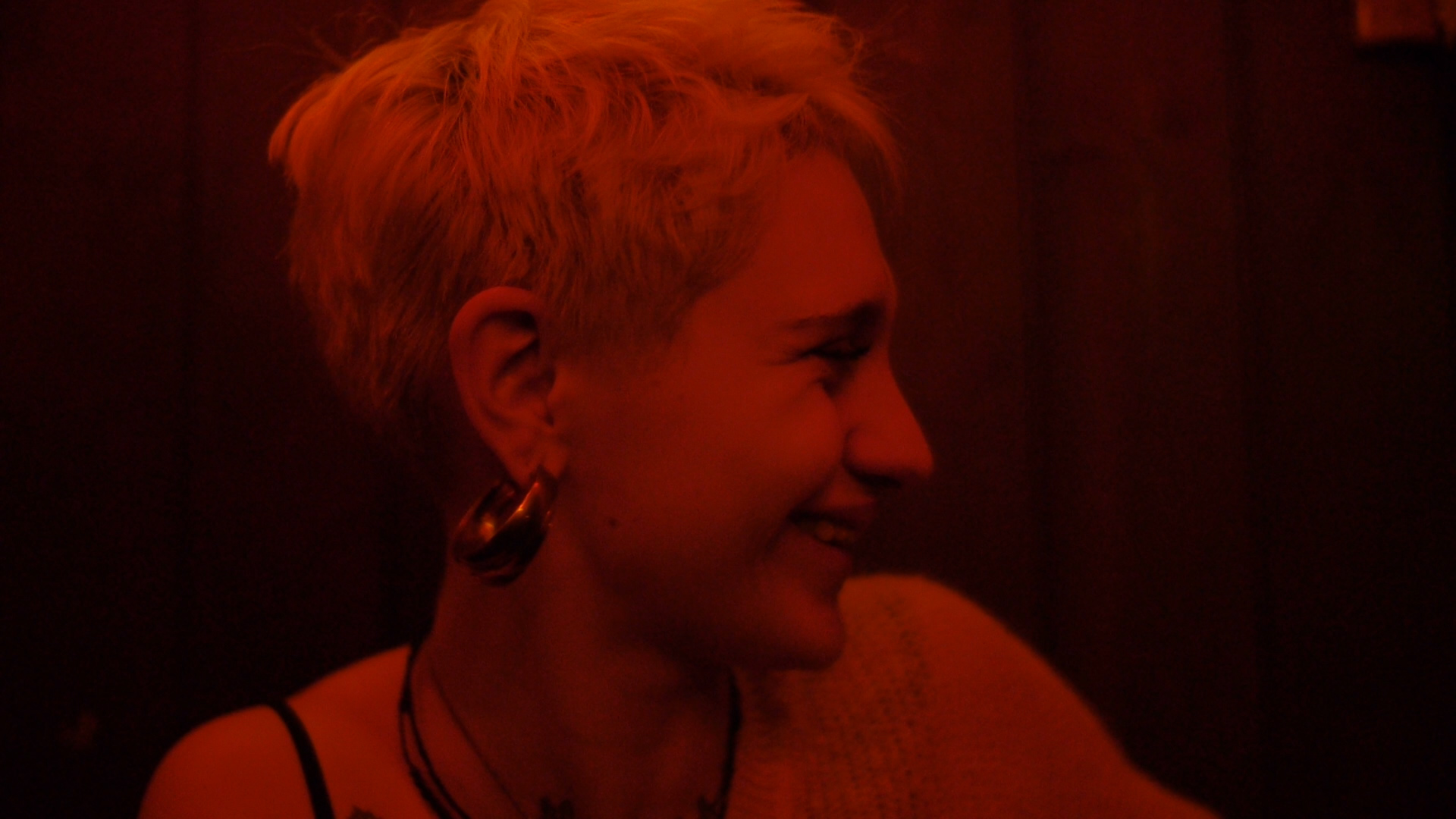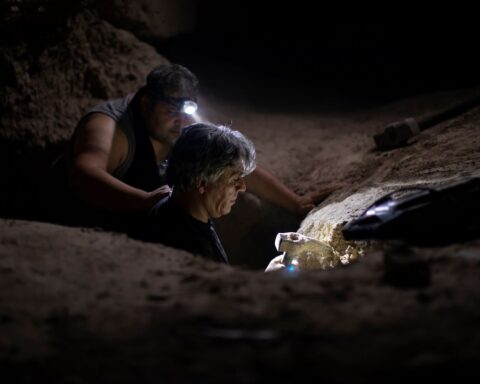Shere Hite: brilliant, radical, arrestingly beautiful, a sexologist who wrote the 30th bestselling book of all time. And yet her name is far from a household world. Her 1976 book The Hite Report: A nation-wide Study of Female Sexuality has sold over 50 million copies in 36 countries in 90 languages and caused a firestorm when it launched in the U.S., ignited mostly by men. They were highly threatened by its findings: women masturbated frequently, often faked orgasm for their marriage partners, and felt that self-love is much more satisfying than vaginal penetration.

After two follow-up reports, one on male sexuality, another on marriage, Hite appeared to fall off the face of the earth, so that if you’ve never heard of her, you are not alone. Nicole Newnham wants to change that by spotlighting Hite in her documentary The Disappearance of Shere Hite, screening at this year’s Hot Docs festival. Mining a trove of archival material, much of it originally gathered by Hite herself, the film traces Hite’s rise to fame, the price she paid for it and her decision to renounce her American citizenship and decamp to Europe.
Newnham first heard of Hite when she was a curious pre-teen who got her hands on her mother’s copy of the original Hite Report. Her mother had tried to keep it away from her because she didn’t think Newnham needed to know words like orgasm and clitoris quite yet.
“But I devoured it,” Newnham says in a phone interview. “Then I read a (2020) obit that had the headline ‘Shere Hite: She Explained how Women Orgasm and was Hated for it,’ I remembered reading all these things that women had said. And it changed my life in a profound way because there was nothing else available in my youth about women’s experience.”
Eventually Newnham, director of the Oscar-nominated Crip Camp, was asked by NBC if she would helm a documentary on the famous researcher. It turns out an NBC producer, Erika Fink, had researched the NBC archival data base and a massive volume of material came up.
“It was as if she’d researched Richard Nixon,” marvels Newnham.
That’s because night after night, Hite was interviewed about her book and the follow-ups. She turned down almost no media opportunities despite, as Newnham’s film documents, the ludicrous, often hostile, response from talk show hosts and their male guests who couldn’t figure out a way to get the words orgasm and clitoris out of their mouths. Even Stephen Colbert was flummoxed in a 2008 interview. These TV excerpts are at once hilarious and distressing.
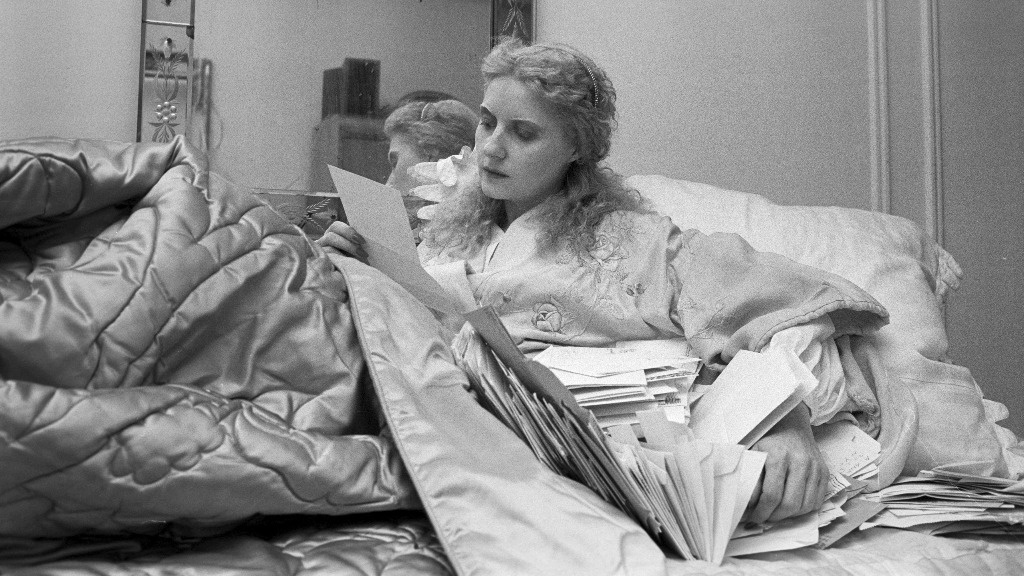
Newnham mined the collection of Hite’s archives, now housed at Radcliffe College’s Schlesinger Library, which contain every TV interview – Hite insisted on getting a copy of every one – and her memoir-esque writings, drafts for an eventual autobiography, which are revealing and extensive. A key feature of the film is a voiceover from Dakota Johnson reading passages that accompany elements of Hite’s life story.
Hite was radicalized while doing post-graduate work at Columbia in New York City. She had matured into a stunning, strawberry blonde with long curly tresses and a keen, flamboyant fashion sense that allowed her to take over a room when she entered it, all of which is made vivid in the film.
In order to pay for her education she became a photography model and posed for everything from the poster for the James Bond film Dr. No to Playboy magazine to an ad for Olivetti typewriters containing the slogan: “the typewriter so smart, she doesn’t have to be.” It was the sight of the ad that brought her into the National Organization of Women (NOW) and subsequently the radical feminist universe of Flo Kennedy and Andrea Dworkin.
At a NOW consciousness raising session, one of her cohorts wondered how it was that Anne Koedt, author of the essential essay “The Myth of the Vaginal Orgasm,” could say one thing while Masters & Johnson insisted that orgasm came via penetration (their first book said yes to clitoral stimulation, the second said no). Hite decided to find out more and sent out thousands of questionnaires all over the country, containing 100 essay questions, the answers to which she catalogued in detail. Among the over 6,000 who responded, 70 percent said penetration was not satisfying and they felt guilty about telling their partners.

Hite’s second Hite Report was Men and Male Sexuality. It revealed the extent to which repressed anger and infidelity dominated American marriages. She followed that up in 1987 with Women and Love, which focussed on women’s frustration and disillusionment with their relationships to men. With every book, resistance intensified and it began taking its toll on Hite, evidenced by the interview clips which, as time goes on, show Hite’s energy gradually ebbing. She was insightful, a sophisticated thinker and sensed the radicalness of her work but I wondered whether she was naïve in not anticipating the backlash.
“She was idealistic in the way most change agents are,” observes Newnham. “You have to believe things are going to change in order to invest your time in trying to make those changes. The more you read, the more you understand that she could never give up on the ideal. She felt that if people got information that could liberate them, why would they not want a future like that?”
Eventually, the heat proved too much and Hite moved to Europe where she found a kindred spirit in the photographer Iris Brosch. Motivated by the idea that, as she puts it, you never see a portrait of a woman with an intelligent face and a vulva, Bosch began shooting Hite for a series of erotic images, many of which appeared in Clarence Edgarde-Rosa’s magazine Gaze, the magazine of female perspectives. Their collaboration brought Hite back to her true self and a sense of satisfaction. The images are spectacular, a gorgeous reminder that someone critical of pornography–Hite was a co-founder of Women Against Pornography alongside Andrew Dworkin–could also be sex-positive. Newnham says reclaiming her image via Brosch’s photographs was transformational for her.
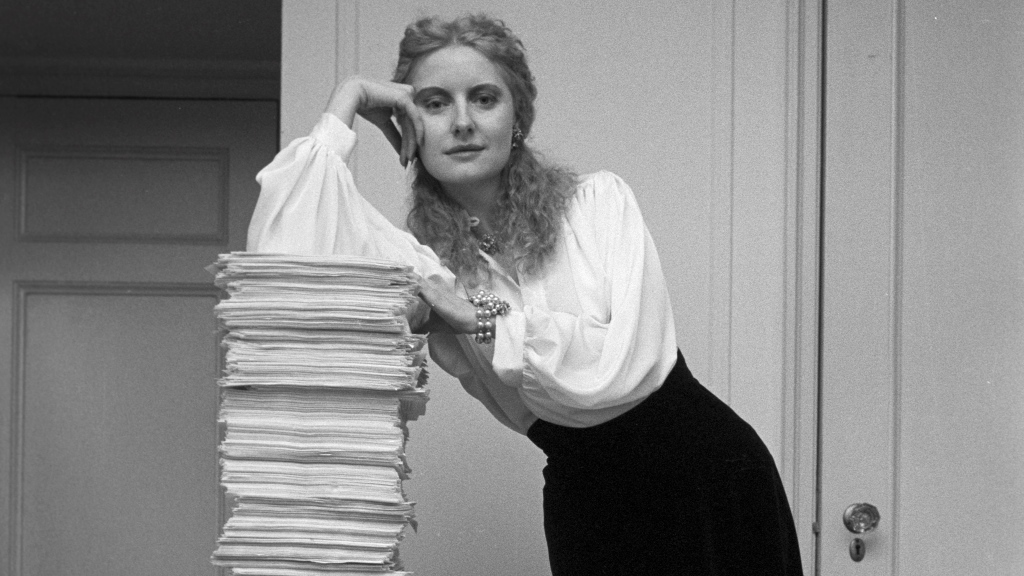
“The friends of hers that I spoke to said she was happier in Europe.” Newnham recalls. “She felt it was a more expansive intellectual culture; even in Catholic countries like Spain, she was freed from the puritanical aspect of the United States and the way our commercial media has developed a habit of going after people and taking them down. They definitely decided she was prey.”
Whether going for the gotcha moment upon discovering Hite’s nude photos, cavilling about her research methods, or calling her a man-hater–Playboy labelling her work the Hate Report–Hite was indeed a constant target.
To counter the man-hater label, Newnham includes in her film interviews with Hite’s male friends, editors and admirers–including Gene Simmons of KISS fame!–in order to demonstrate that there were men who appreciated how Hite’s observations could benefit them.
“There was a lot of fear about her in pop culture,” says Newnham. “What was gratifying for us for us was meeting so many sensitive and extraordinary men who had been close to her. They bought into this idea that the politics and sexual dynamics between men and women had to change. She was never antagonist towards men but inclusive.”
Regarding complaints about her research, no doubt her strategies were unusual. She was criticized by many for being improperly self-selecting of people who would want to sit down and answer 100 long-form questions. Hite chose that route because she wanted to maintain her respondents’ anonymity. She’d have received no response if women picked up the phone at home in front of their husbands. Then again, Masters & Johnson surveyed only 600 people. Freud, whose word on sexual abuse was at one time gospel, spoke to only those who found their way to his couch. By comparison, Hite’s 6,000 responses is impressive.
But how she did it doesn’t really matter. She discovered the truth, she spoke it out loud and she instigated a ground breaking conversation. She died in 2020, but, fortunately, Newnham has given her new life.




